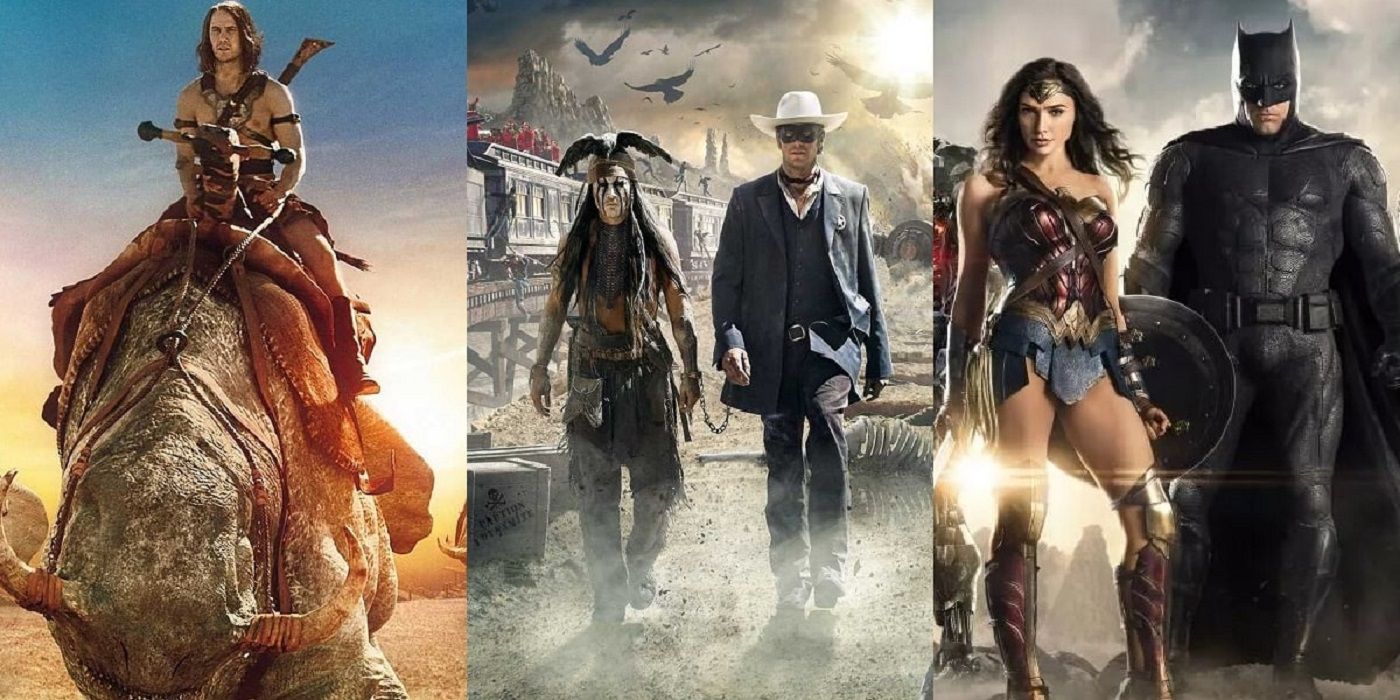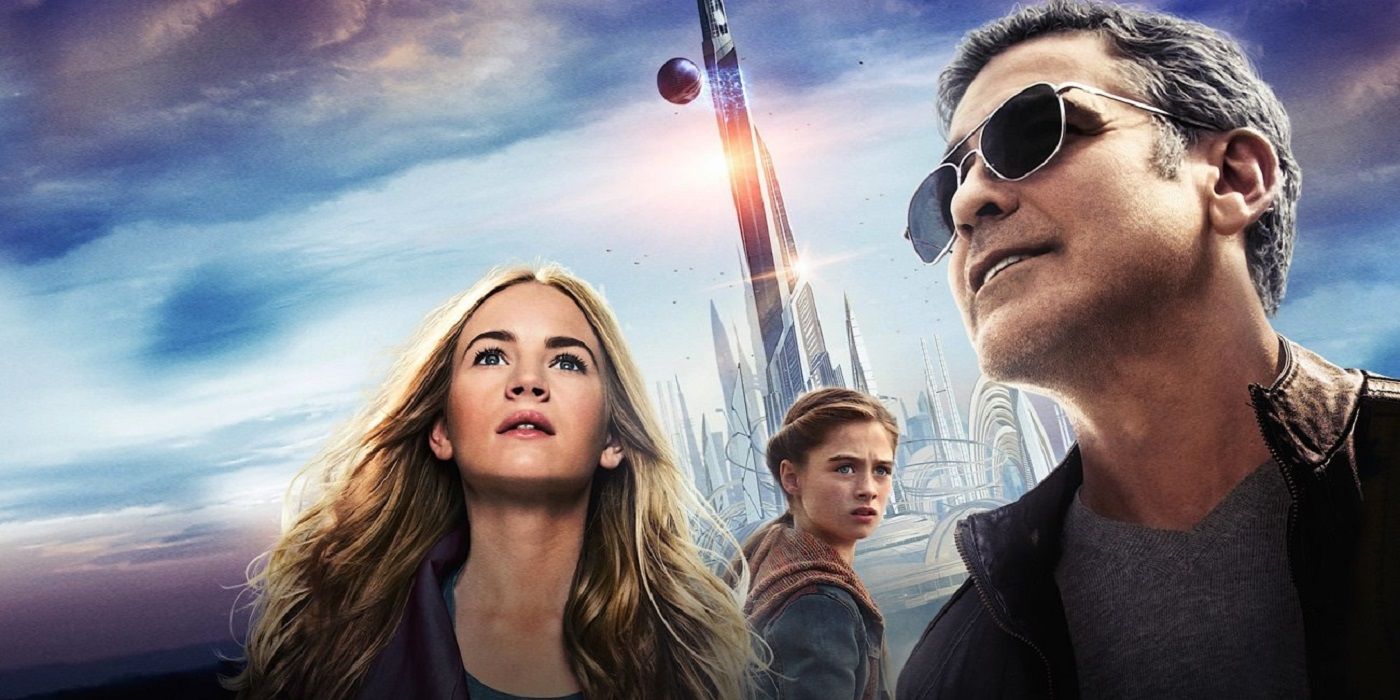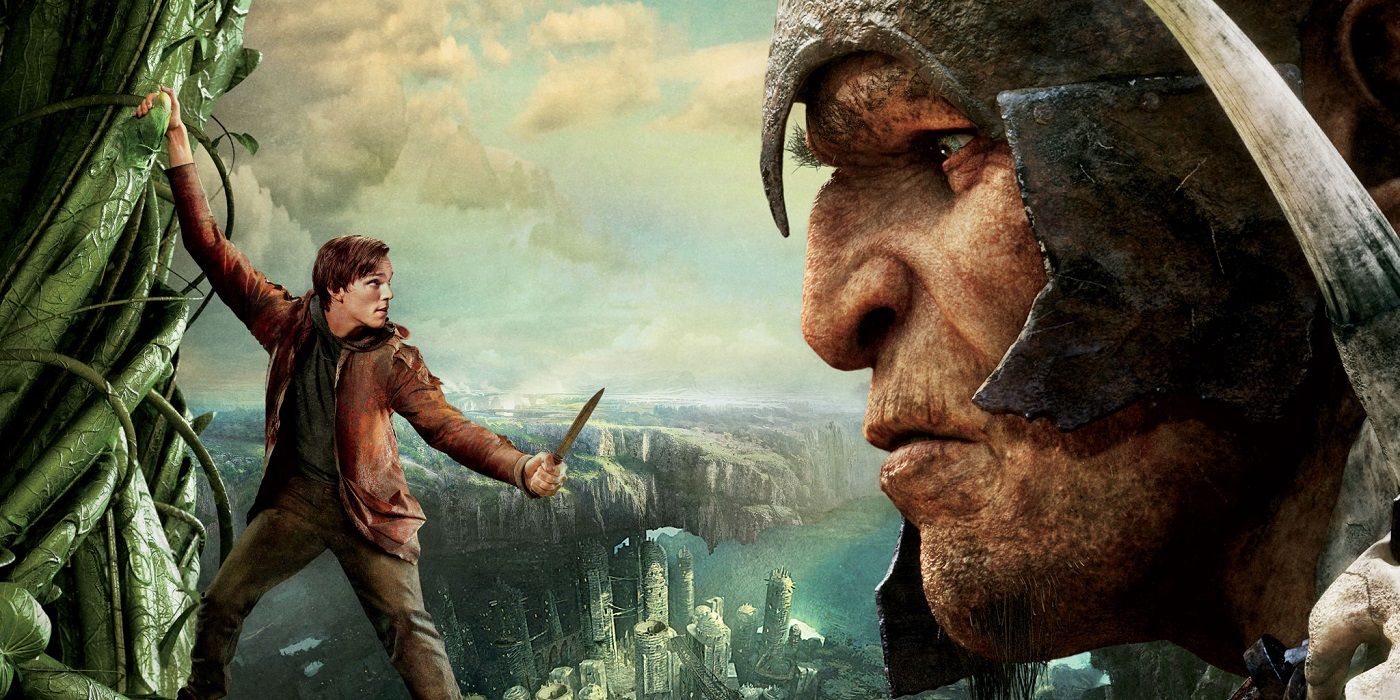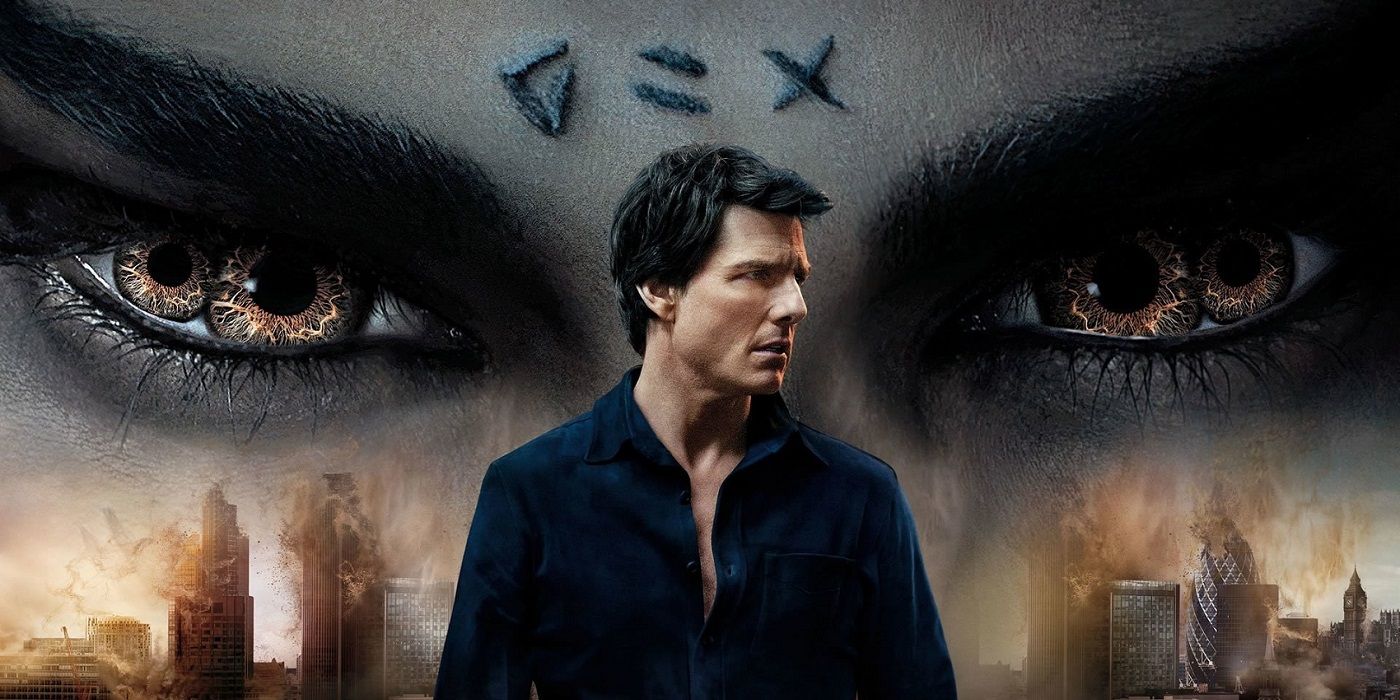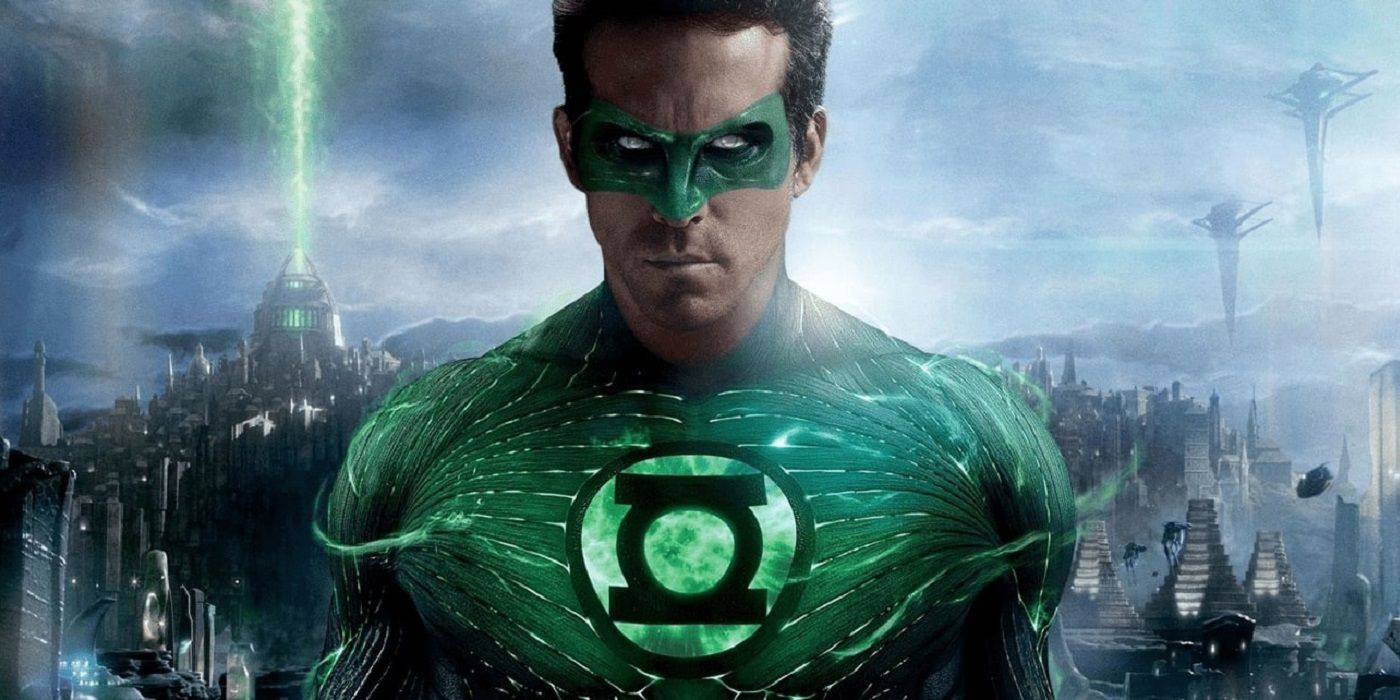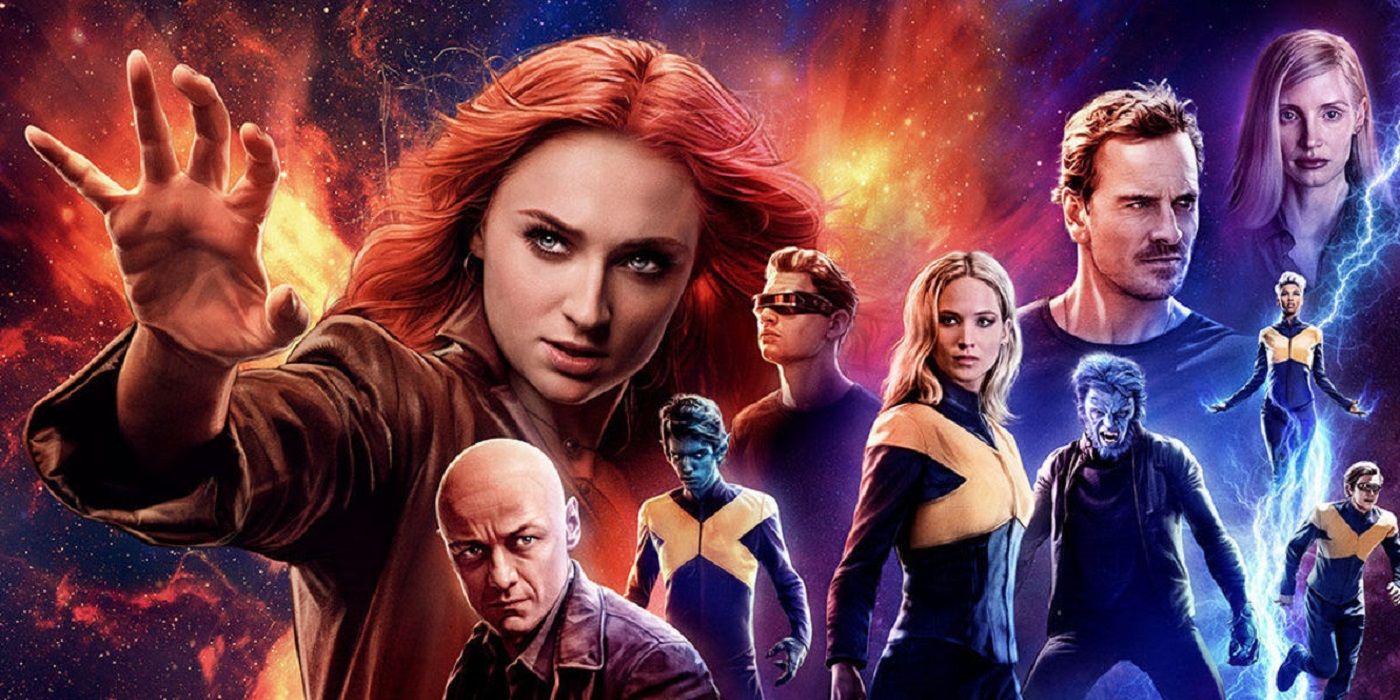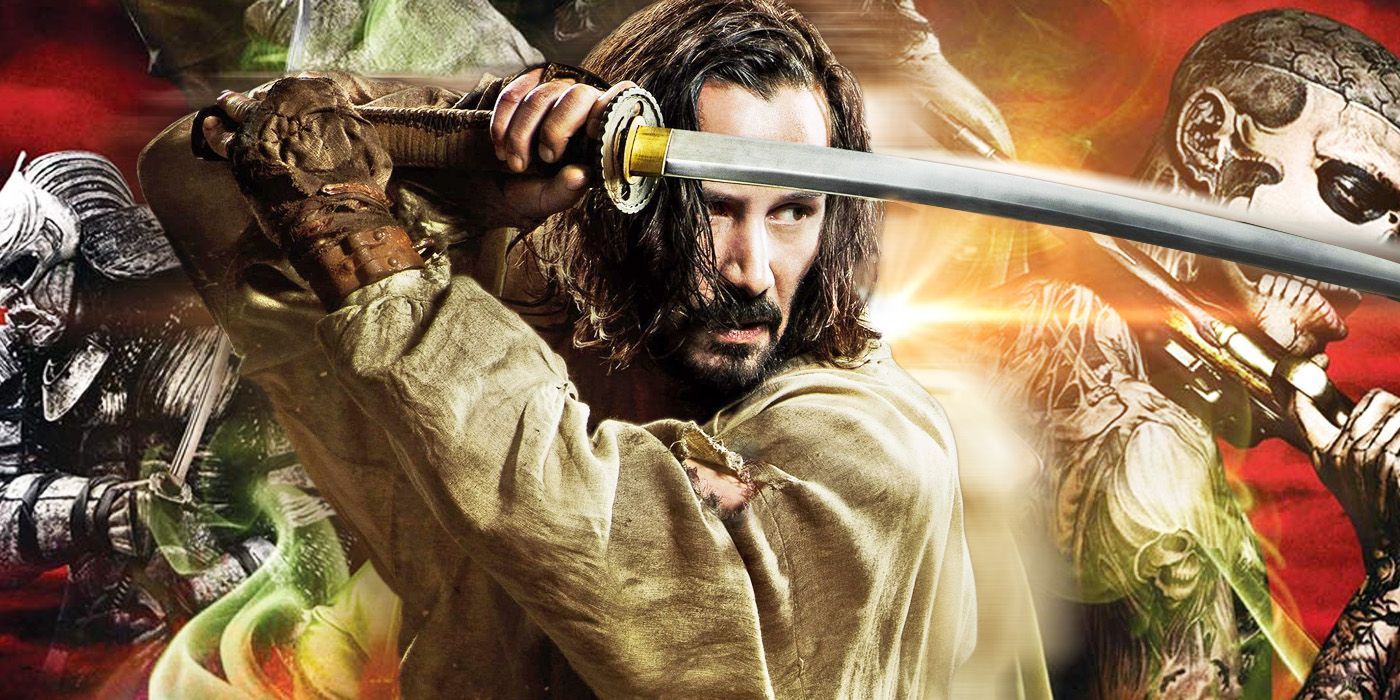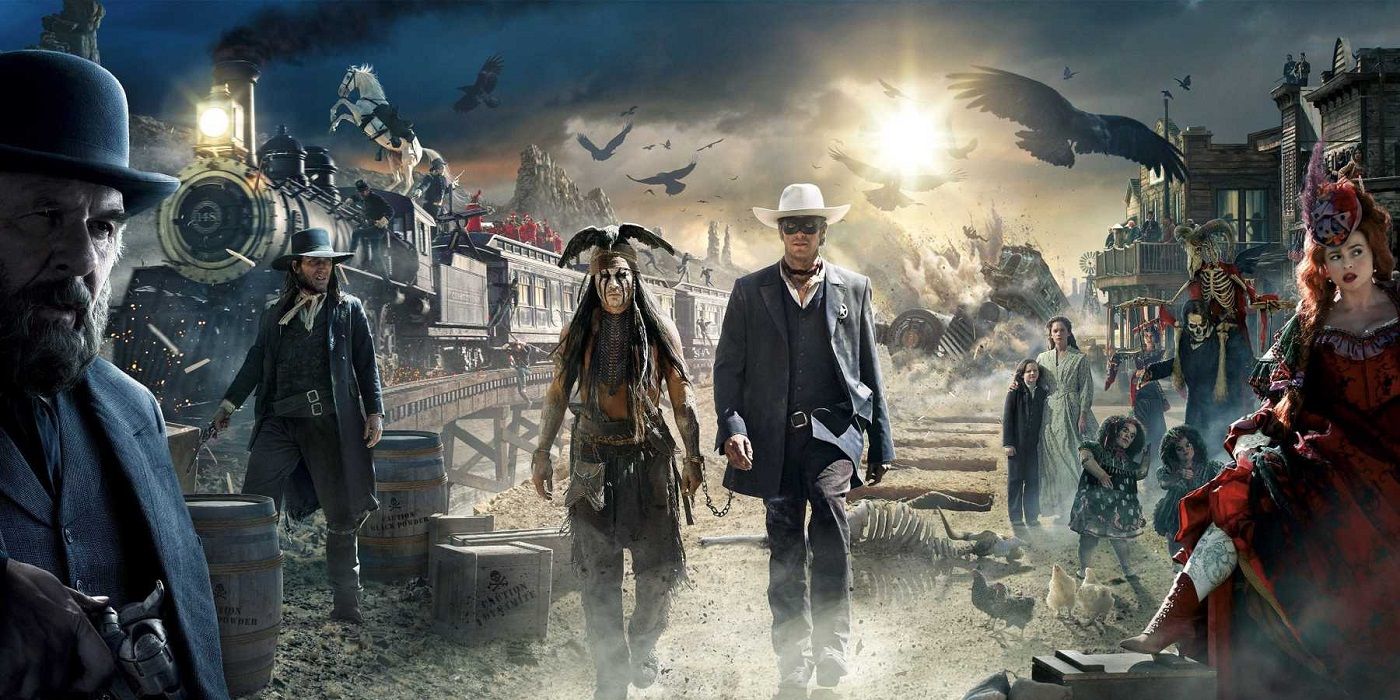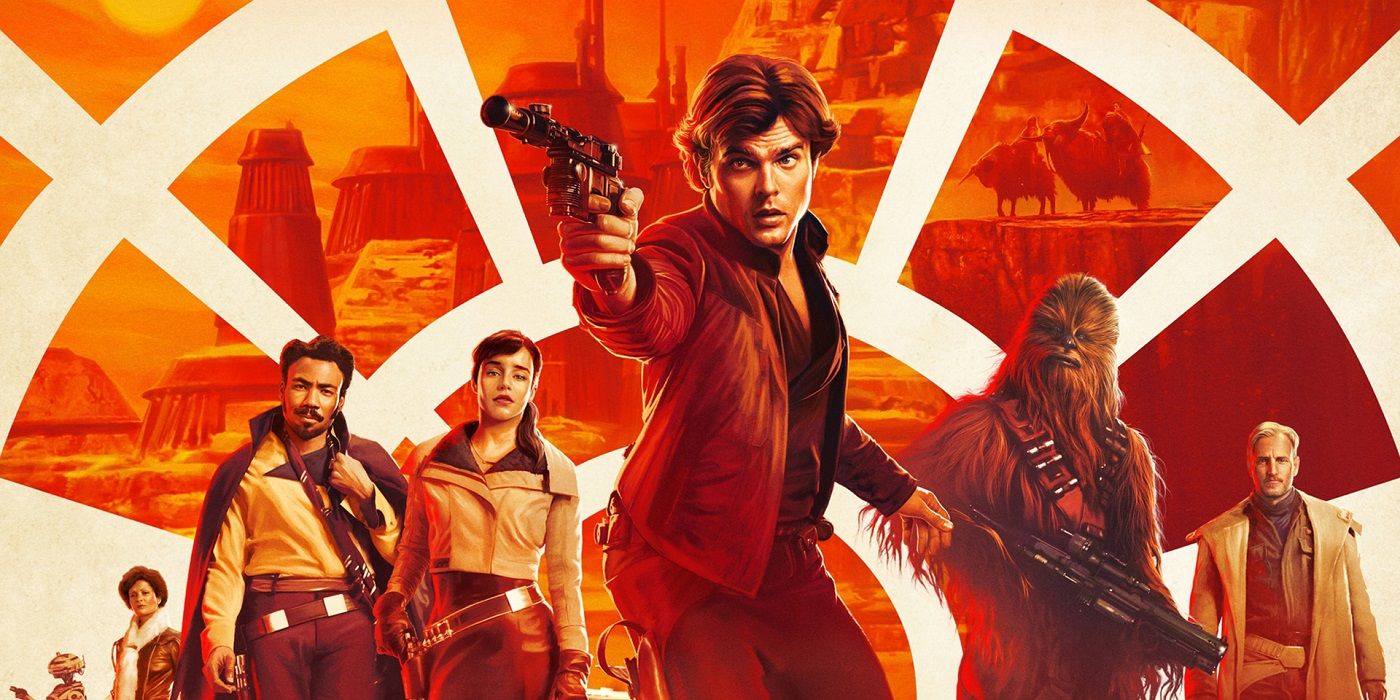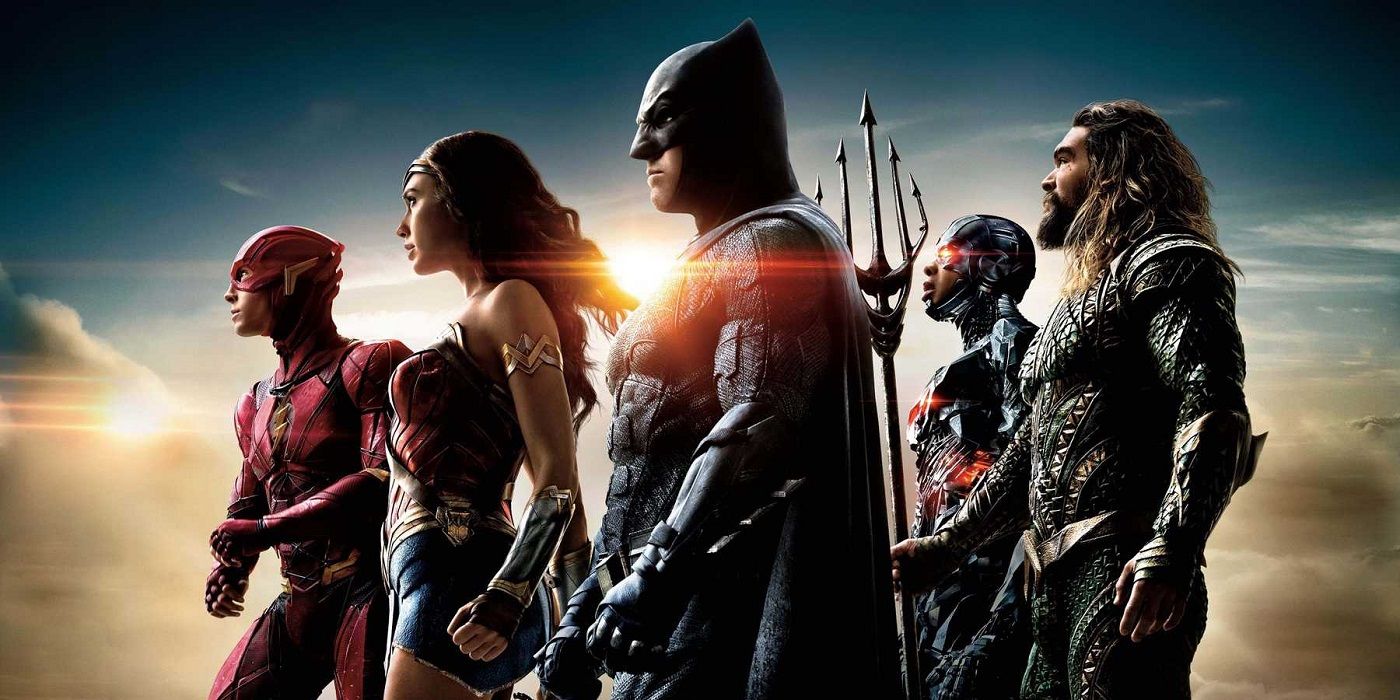Hollywood was largely built on the idea of risk and reward, and these days it isn’t always the best movies that make the most money, but rather the ones with the most effective marketing campaign. Some franchises are essentially bulletproof after building up audience goodwill, but launching one is much more of a gamble that has seen countless mega-budget blockbusters come racing out of the blocks only to fall flat on their faces.
Nobody wants to see a movie fail, but at the same time, audiences can’t afford to go and see them all, so there are inevitably going to be box office bombs along the way. When the budget gets higher, so does the risk, and these infamous titles ended up causing nothing but headaches for the bean-counters in the boardroom.
Tomorrowland (2015)
Having already directed three of the greatest animated movies of the modern era in The Iron Giant, The Incredibles and Ratatouille, it looked as though Brad Bird’s transition to live-action would be just as seamless. After reinventing the stagnating Mission: Impossible franchise with the fantastic Ghost Protocol, Bird headed back to Disney to helm $190 million sci-fi mystery, Tomorrowland.
Despite featuring all the incredible visuals and phenomenal flights of imagination that were expected from a filmmaker of his caliber, Tomorrowland bombed at the box office after struggling to earn a meager $209 million globally, leaving the studio $100 million in the red and forcing Disney to put the brakes on Tron 3, as a result.
Jack The Giant Slayer (2013)
A decade ago, dark and gritty reboots of classic fairytales were Hollywood’s new favorite craze for all of five minutes before Disney cornered the market with their production line of live-action remakes. Some of these movies turned out to be hits, but Bryan Singer’s Jack the Giant Slayer bombed like it had fallen from the very top of the beanstalk and hit every branch on the way, after failing to even crack $200 million at the box office.
Armed with a budget of $185 million, Warner Bros. really needed the fantasy blockbuster to be a hit, but it failed to deliver and saw them losing over $100 million instead.
The Mummy (2017)
Tom Cruise is one of the few names in the industry that can genuinely be labeled a certified box office draw, but even his presence wasn’t enough to stop Universal’s Dark Universe from imploding at the first hurdle. For most other effects-driven adventures, a haul of $410 million would be viewed as a success, but given the massive marketing push, it wasn’t even enough to see the would-be franchise starter break even, never mind turn a profit.
Just like that, the Dark Universe was consigned to the history books, as the experiment ended in abject failure, thanks to The Mummy.
Green Lantern (2011)
Ryan Reynolds hasn't been able to stop pointing out how terrible Green Lantern is for the last nine years, which is the only reason why some people remember that it even exists at all. An intergalactic superhero epic needed a director with a bit of visual ingenuity and a whole lot of imagination, but many fans felt that the typically solid Martin Campbell just wasn’t the right person to bring the mythology to life.
Green Lantern just about clawed back the $200 million budget in theaters, resulting in a write-down of $75 million for the studio and any plans for sequels quietly swept under the rug, never to be mentioned again.
Dark Phoenix (2019)
As you would expect from any franchise that had been around for two decades and spawned sequels, reboots, spinoffs and combinations of all three, Fox’s X-Men series was marked by inconsistency. Handing over $200 million to a first-time director is always a massive gamble, even if Simon Kinberg had been closely involved with the X-Men for over a decade at that point, but Dark Phoenix was even worse than the last time the franchise tried to adapt the iconic comic book arc.
Officially named the biggest box office bomb of last year, Dark Phoenix also suffered the ignominy of being the lowest-grossing and worst-reviewed X-Men movie ever made, at least until The New Mutants dropped in the middle of a pandemic this summer.
47 Ronin (2013)
47 Ronin was one of those movies that many felt would bomb, long before it was released, and that was at least the one area where it didn’t disappoint. A troubled shoot saw director Carl Rinsch basically kicked off the movie as the budget snowballed to $225 million, before it landed in theaters with a thud and barely squeaked past $150 million at the box office.
Incredibly, despite 47 Ronin’s reputation as one of the biggest box office duds in history, Netflix green-lit a sequel set 300 years in the future, for reasons that remain inexplicable.
The Lone Ranger (2013)
Disney had already tried to replicate the Pirates of the Caribbean formula in a different setting with Prince of Persia: The Sands of Time and failed, with The Lone Ranger long being predicted for a similar fate. Why a Western has to cost $225 million is anyone’s guess, although the question may have been answered when audiences got a look at Gore Verbinski’s self-indulgent and far too infrequently brilliant blockbuster.
The Lone Ranger needed to earn at least $500 million to break even, but it only managed to earn a little over half that amount, losing Disney anywhere up to $190 million in the process.
Solo: A Star Wars Story (2018)
The anthology experiment got off to a great start when Rogue One sailed past the billion-dollar mark at the box office, but Solo: A Star Wars Story never generated much enthusiasm among longtime fans or more casual viewers. It didn’t help that firing director Phil Lord and Christopher Miller three weeks before the end of filming saw Ron Howard rework huge swathes of the movie with very little time to do so, pushing the budget up to anywhere as high as $300 million.
The idea of Han Solo’s origin story always seemed a little unnecessary, and audiences wholeheartedly agreed, as it became the lowest-grossing live-action Star Wars movie ever, after topping out just shy of $400 million.
John Carter (2012)
Andrew Stanton’s first live-action feature has gone on to gain a reputation as an underrated cult classic, but a confused marketing campaign and a general sense of apathy from the audience saw John Carter bomb hard. The world-building and visual effects came in for praise, but the plot was criticized for being derivative, which was ironic when Edgar Rice Burroughs’ source novels had inspired a century of sci-fi and informed the works of everyone from James Cameron to George Lucas.
With a budget of $263 million, John Carter needed to be a monster hit to avoid failure. Instead, it ended up becoming the biggest box office bomb in Disney’s history.
Justice League (2017)
The old saying used to go that there aren’t any do-overs in the movie business, but that clearly doesn’t apply to Justice League now that the Snyder Cut is finally happening. 99 percent of movies would kill to earn $657 million at the box office, but Justice League has spiraled so far out of control that the production and marketing costs had come perilously close to reaching half a billion dollars.
Despite failing to turn a single penny of profit, Zack Snyder has been handed even more of the studio’s cash in the hopes that things will turn out much better the second time around.

